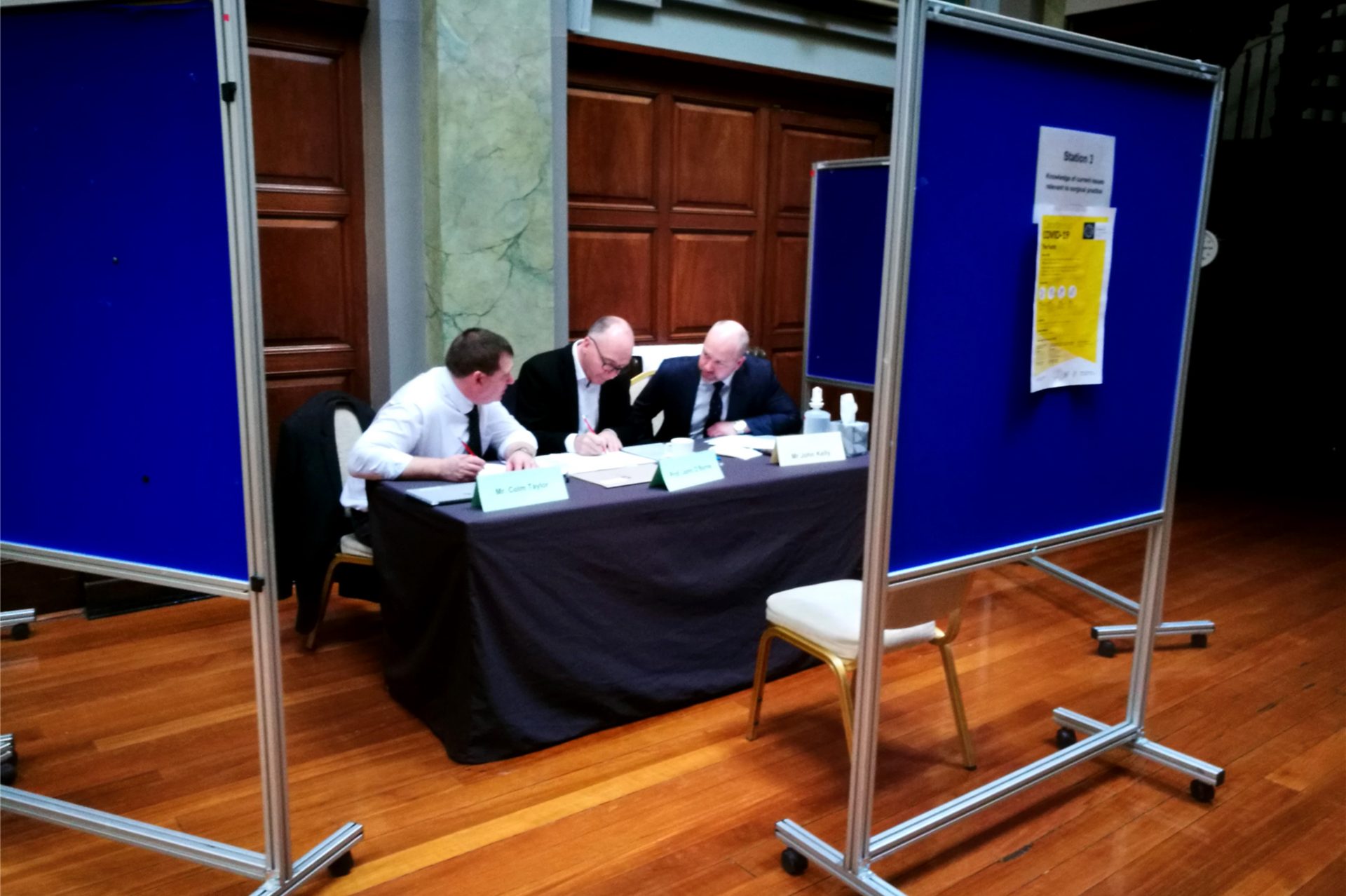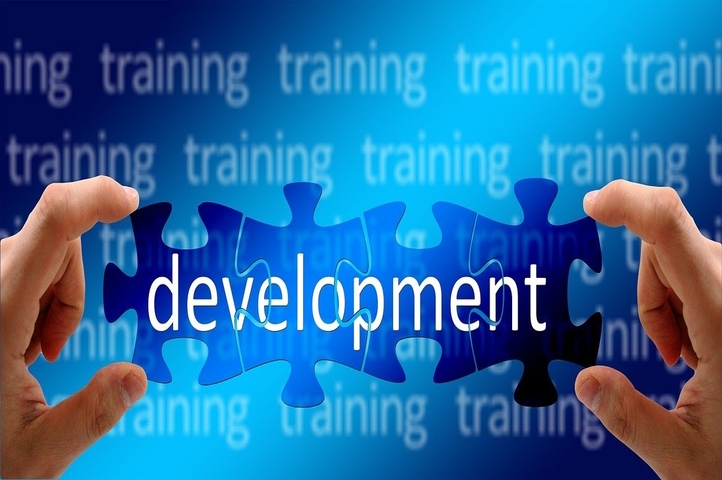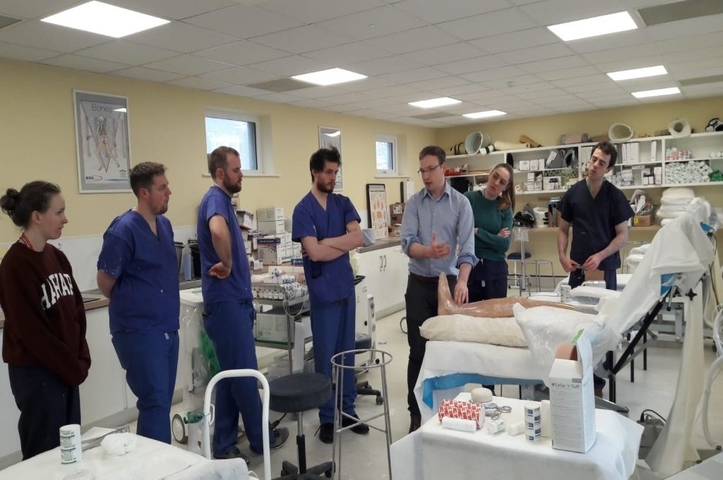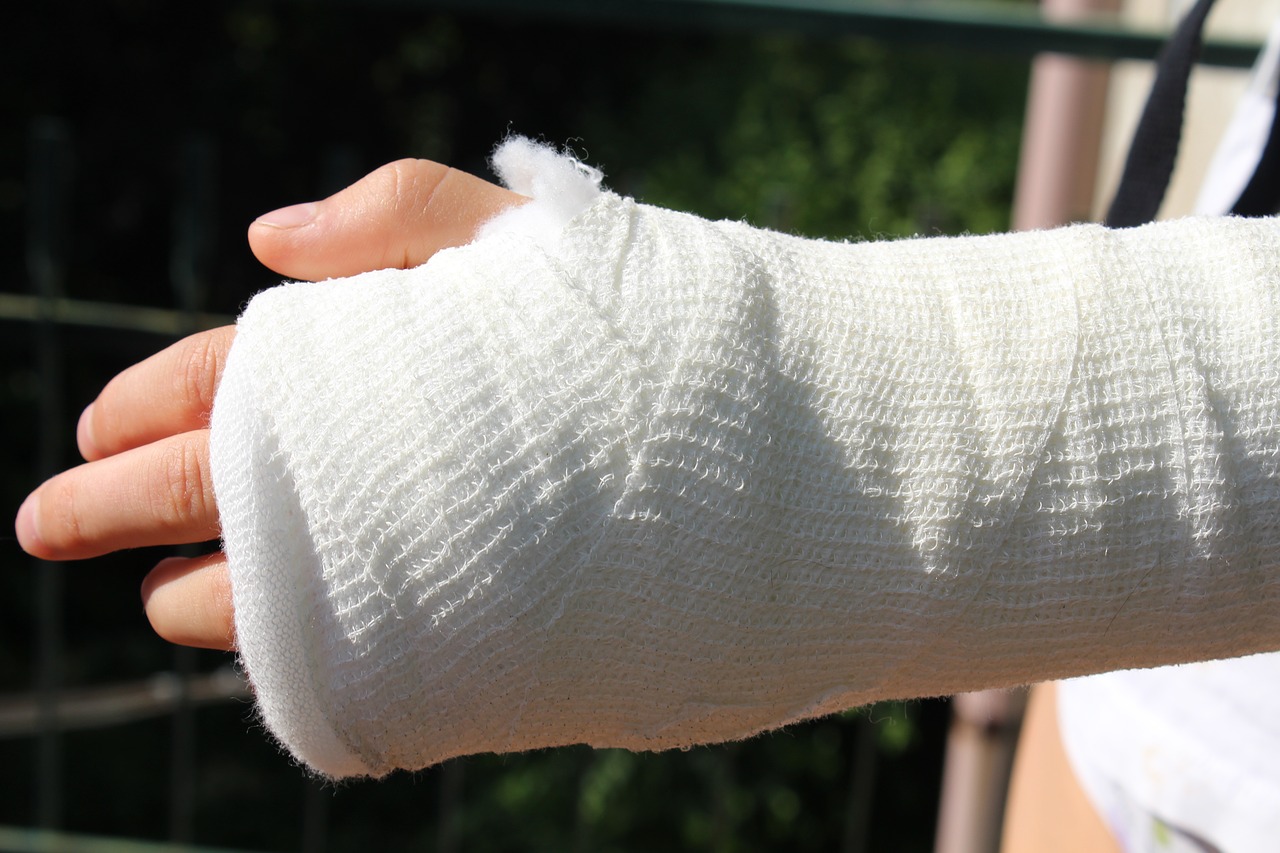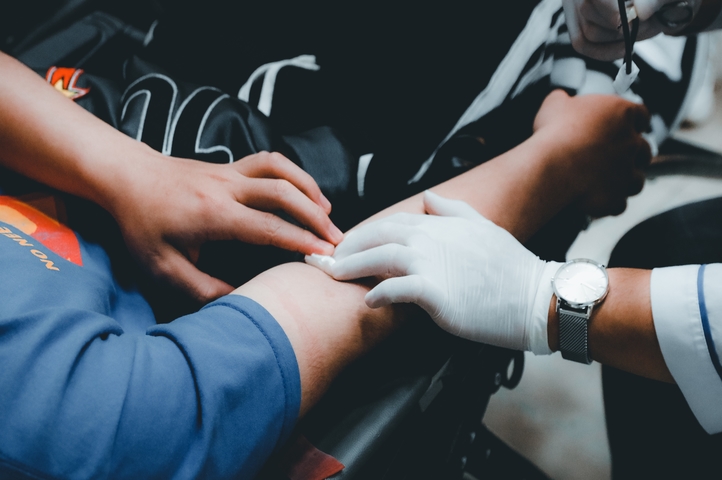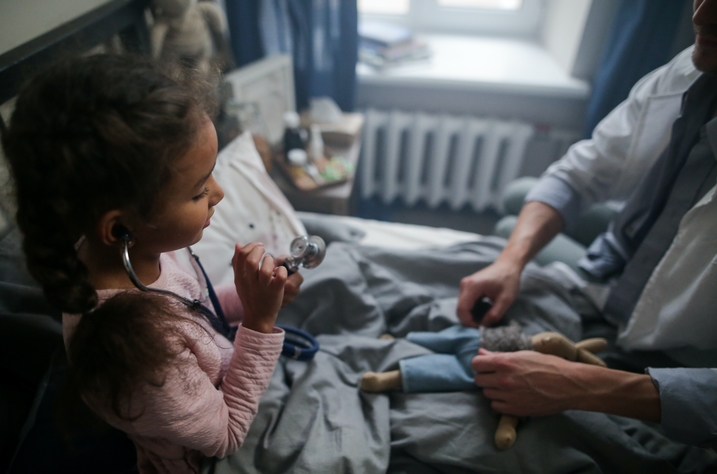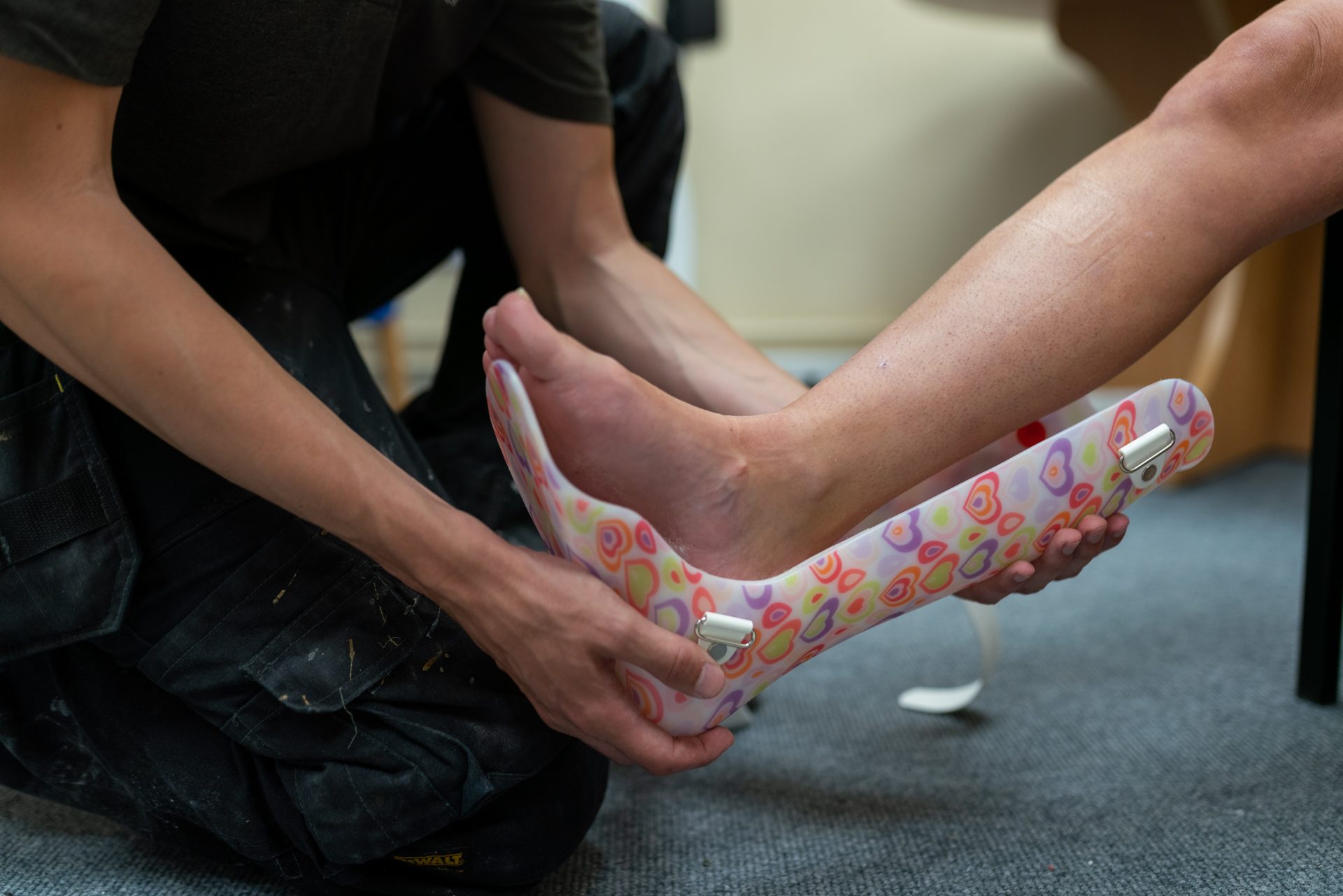The Irish Institute of Orthopaedic Surgeons was formed in 1972. Its functions included determining the need for new orthopaedic appointments, involvement in the replacement of those retiring, and a commitment to develop a training program in line with that being established in the UK under the auspices of the Specialist Advisory Committee (SAC) of the Joint Committee of the Royal Colleges of Surgeons.

Developmental Dysplasia of the Hip (DDH)
Description
This condition represents a disruption in the normal relationship and development between the ball and socket that forms the hip joint. The socket (acetabulum) is abnormally shallow and therefore the ball (head of the thighbone/femur) does not sit into the socket correctly or at all.
Sometimes the ligaments that help to hold the joint in place are stretched which can cause a variable amount of hip looseness or instability ranging from mild to severe. This is graded depending on the degree to which the ball is sitting out of the socket.
Mild cases are those in which the hip is subluxable. ‘Subluxable’ means that the ball (head of femur) is loose in the socket(acetabulum) and the doctor can move the head within the socket but not completely push it out of the socket.
Moderate cases are those in which the hip is dislocatable. ‘Dislocatable’ means that the ball can be pushed out of the socket completely by the doctor. The hip however is not in this state permanently, with the ball sitting to some degree in the socket when the doctor is not pushing on the hip.
Severe cases are those in which the hip is dislocated. ‘Dislocated’ means that the ball (head of the femur) is sitting outside of the socket on a regular basis.
Download leaflet here.
Anatomy
The hip joint is where the femur (thigh bone) sits into the pelvis. The joint itself is a ‘ball and socket’ joint. The ball is the head of the femur and the socket is a part of the pelvis called the acetabulum. Some doctors may also refer to this as the ‘cup’ instead of the socket or acetabulum.
In order for your child’s hip joint to develop correctly, there needs to be the right amount of pressure and contact between the femoral head and the acetabulum, as the head being correctly placed inside the acetabulum helps to shape the joint as it is formed.
If the head is not in the correct position within the acetabulum then a dysplastic hip will result. ‘Dysplasia’ comes from the ancient greek with ‘dys’ meaning ‘bad’ or ‘difficult’ and plasis meaning ‘formation’. So, put simply, DDH is a bad or incorrect formation of the hip that occurs over time.
Causes
The incident of DDH in the Republic of Ireland is unknown. One study showed that approximately 7 babies per 1000 in the South-east of Ireland were born with DDH.
DDH tends to run in families and tends to affect the left hip more than the right. It can however affect one or both hips of any individual. Those at that are more predisposed to DDH are
First born children
Females
Members of family (parents/siblings) had the same condition
Babies who are breech (coming feet first instead of head first) at the time of birth
Oligohydramnios (low levels of amniotic fluid during pregnancy)








